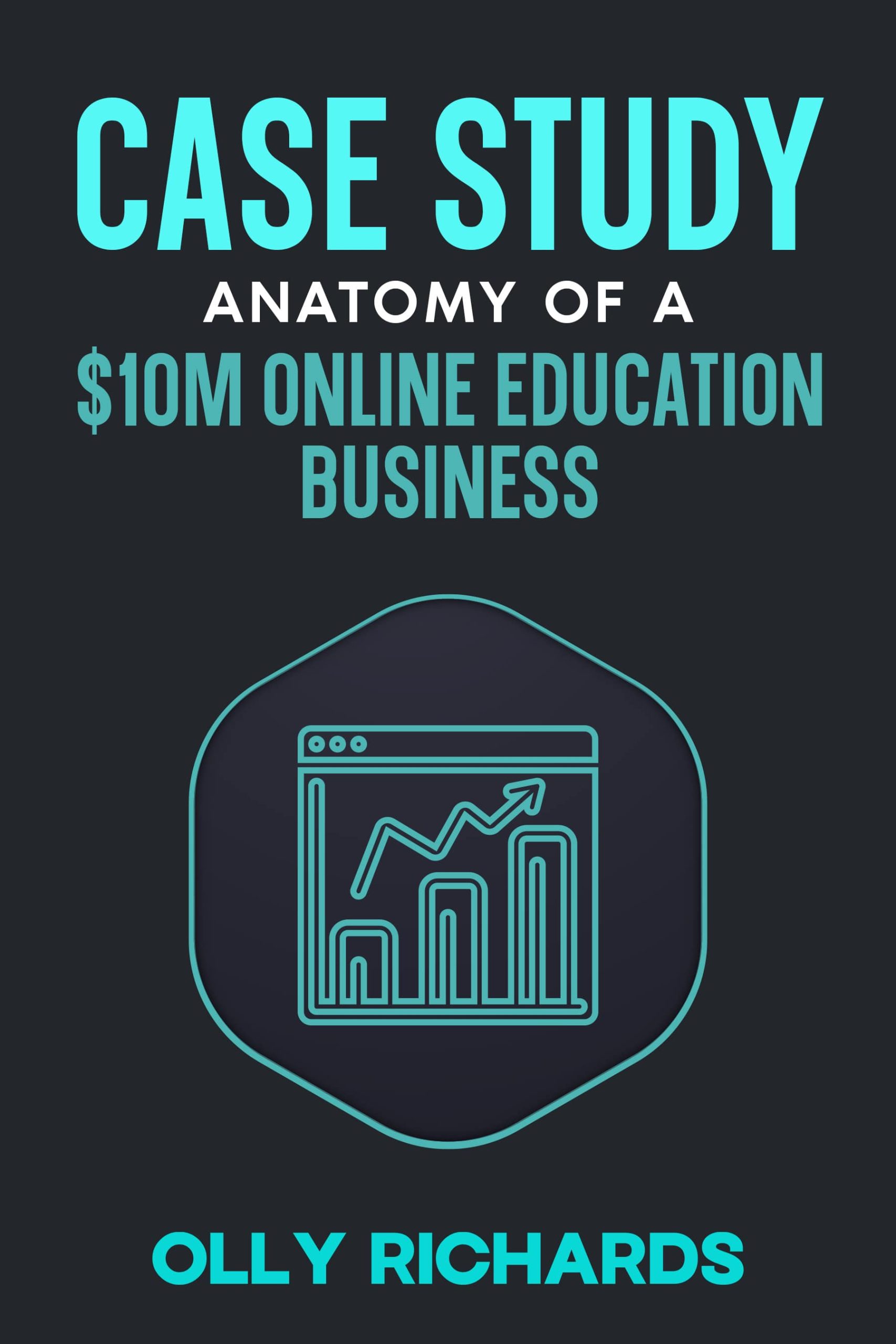I’ve been writing this newsletter for a little over six months now.
It’s fascinating to start something new.
One of the amusing things I’ve come to learn:
The “marketing hot buttons” that make people mad!
Certain opinions I bring up reliably provoke a barrage of emails and tweets. Some of them objecting. Some of them just confused.

And of course… Being the old school content creator that I am, my response?
Grab the biggest stick I can find and poke that bear square in the face!
(Metaphorically, of course. Don’t cancel Uncle Olly.)
And so today we’re going to hit one of these hot-button topics hard. It comes hot on the heels of a bit of fun I had with a GIF a few weeks ago:

That’s right…
This is the case against discounting, and why it’s one of the most detrimental things you can possibly do to your brand…
And why I occasionally discount, too, in very specific scenarios.
(It’s all perfectly rational, don’t worry.)
Oh yes…
I’ll also tell you a very effective way of getting in my good books.
Just in case you were wondering how to do that 🙂
The Pitfalls of Discounting
How about we start out by stating the obvious?
Discounting works.
If you ever want to make a quick buck, slap a discount on your offer and put the word out. Your wallet will be a couple of inches thicker by morning.
And the fact discounting works is precisely why your email inbox is flooded with “20% off”, “half-price sale”, “must end at midnight”, and so on.
So, discounting makes money.
However, discounting can also destroy your brand.
There are three reasons:
- It attracts the wrong customers
- It creates an unstable business model
- It just looks cheap
First, the customers.
Discounting attracts customers who are primarily motivated by the discount itself.
Customers who respond to discounts tend to be short-termist, look for quick fixes, and more sensitive to price than they are to value.
.
.
Take a moment to read the last paragraph again.
Do you want these customers in your business?
My guess is not.
.
.
Instead of short-term thinkers, you want customers who invest in their future.
Instead of reactive minds, you want people who understand the value of hard work.
Instead of discount hunters, you want people who are willing to invest in good results.
For an education business that aims to trade on quality and trust, this is business model suicide.
Second, the unstable business model.
If your business model relies on discounting, you experience erratic sales cycles, with the majority of revenue generated only during promotional periods.
All your sales come during promotions, with absolutely zilch coming in the rest of the time!
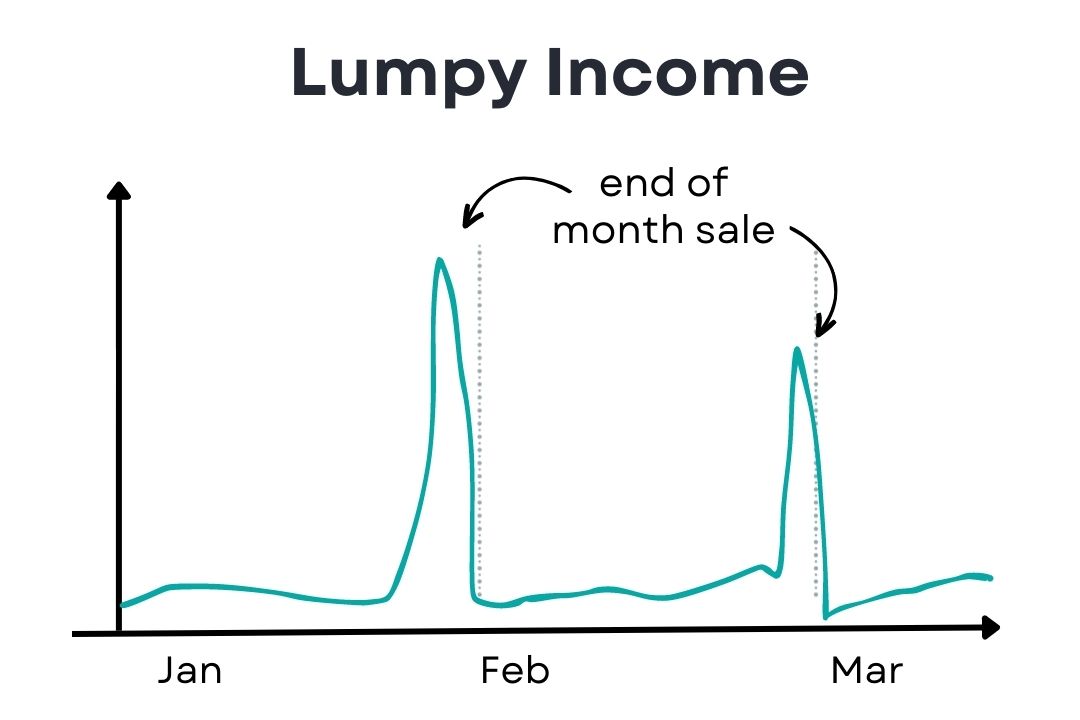
I’ve known tonnes of businesses that make 80% of their money in the 3 days at the end of the month, when they run their “big sale”.
This makes for lumpy revenue, and a lot of stress, because all your revenue depends on that sale going to plan.
Third, discounting just looks… cheap.
You know what I’m talking about.
You know that high street store with a “Closing Down Sale - Last Few Weeks!” that’s been going on for 5 years?
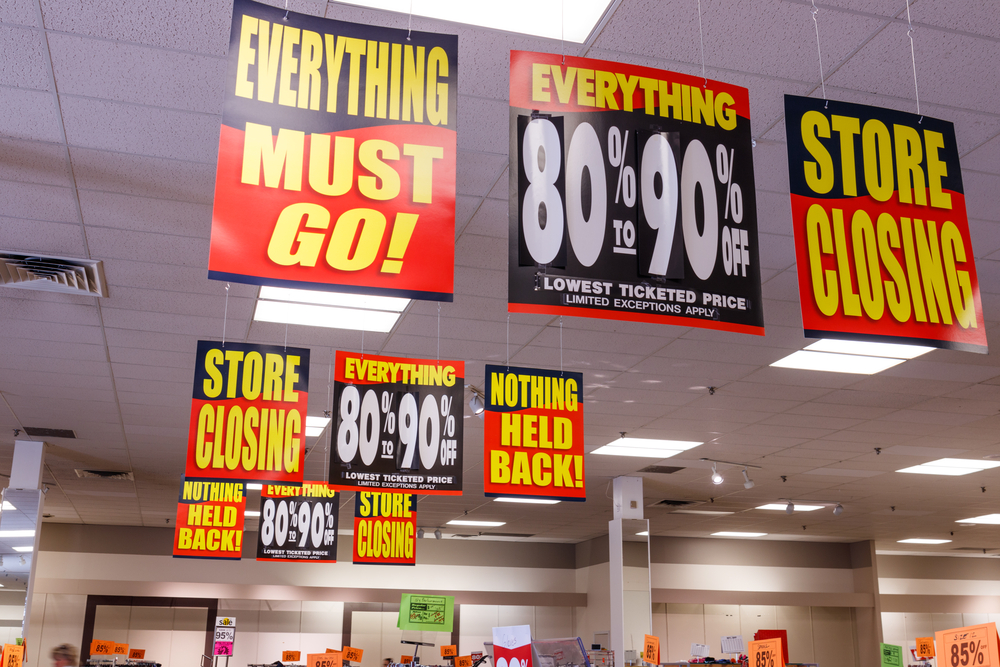
Or that online course platform where you get an 80% OFF coupon just for landing on the website?
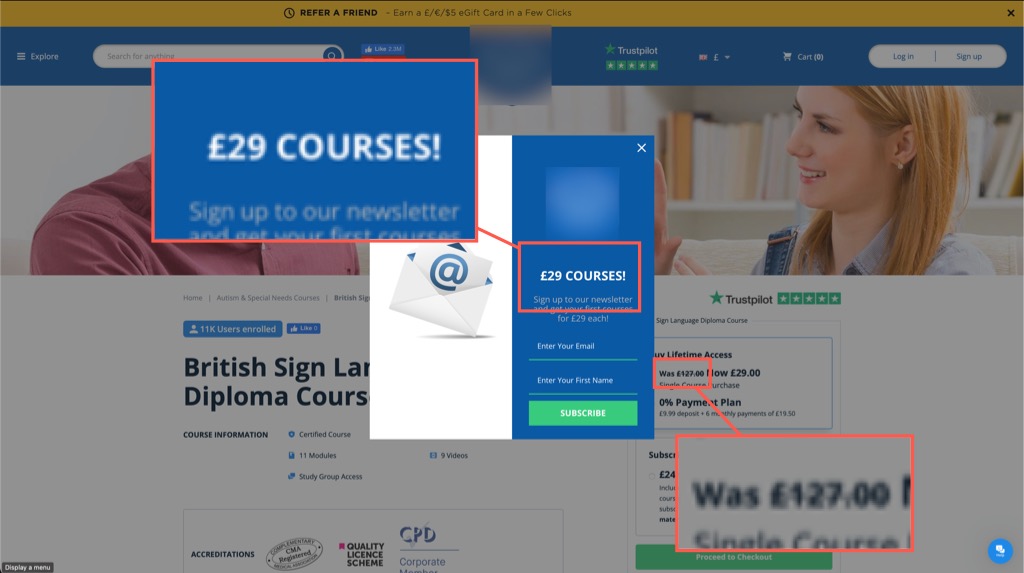
“Quality” it does not scream.
Here’s the thing:
It works for the drive-by shopper, but destroys credibility with the repeat customer.
And any business that trades on a combination of all these elements is trading on borrowed time.
A Grievous Example (And What To Do Instead)
This week, I had a run in with discounting that convinced me to actually write this newsletter.
So, I may as well tell you what happened.
It has nothing to do with education businesses, but is a perfect example of how discounting can ruin a strong brand.
It also serves a secondary purpose – showing you how to get in my good books.

Meet Biscuit Boutique.
This stuff is divine.
“When food meets art” is their strap line, and I gotta say, they deliver.
If you ever wanted to ship me a box of this… well, you know… good things would happen.
Just sayin'.
Anyway, back to it…
Someone gave my wife a box of these recently, and I’d been eyeing them up in the cupboard for far too long.
In what was, admittedly, not my finest hour, I cracked open the box when she was out of town for a few days. I was only gonna sample them – honest. But five minutes later I had smashed the entire box.
Without doubt, the best biscuits I’ve ever had in my life. I couldn’t actually believe how good they are.
And they should be – a single box costs around £25.
Anyway…
Good product? Check. (Unique and kick-ass.)
I looked them up, and turns out they’re commonly stocked in places like Selfridges.
Good positioning? Check. (Only available in luxury stores.)
I was impressed.
I immediately went on their website – they sell D2C too! Can this get any better?
I dropped a bunch of money on limited edition boxes.
I was an instant fan,
Until…
I started getting their emails.
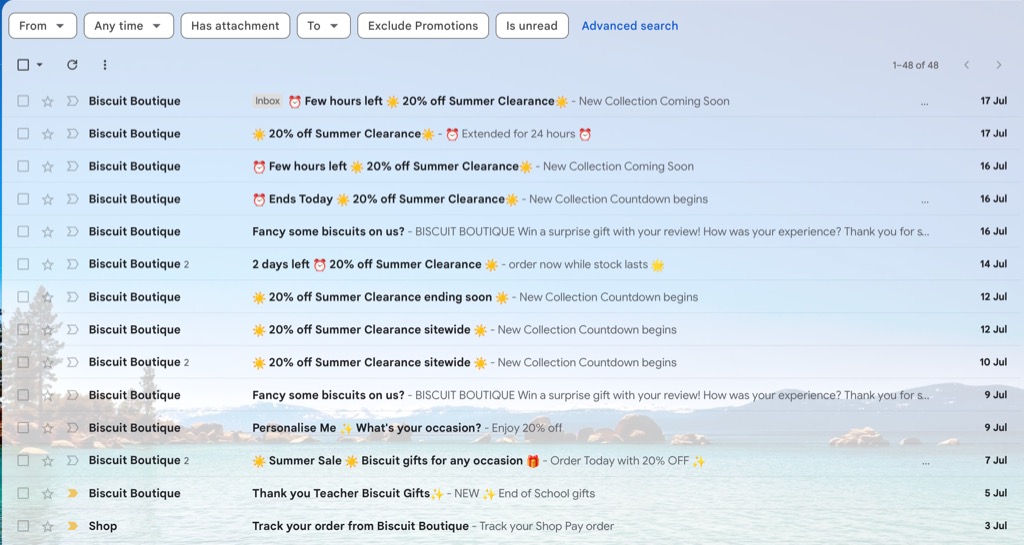
Since placing my order on July 3rd, I got no less than 12 emails from them, each with:
- “20% off!”
- “Summer sale!”
- “2 days left!”
- “Fancy some biscuits on us?”
On July 16th, I got 3 emails.
Followed by the classic…
- “Extended for 24 hours!”
And so, in one fell swoop, Biscuit Boutique’s entire positioning goes up in smoke.
Evaporates like a snowflake in a sauna.
All illusion of exclusivity lost.
Hermès doesn’t discount… what’s up with you?
Now, if we’re being charitable, it may be that I just happened to became a customer just as their annual summer sale was starting.
It’s not impossible.
However…
- Emails that were not part of the sale also offered 20% off (e.g. July 9th)
- They used the “fake deadline” trick, which is just cheap
- They could’ve easily excluded brand new customers from the sale
Chances that they don’t pull a similar trick every month?
I put it at close to zero.
Now here’s the thing…
I know they would have made money from this sale.
But it also makes it so that:
I’m never going to pay attention to their emails again!
(Why would I, when I can 20% off any time I want?)
And I suspect all their quality customers will feel the same way.
What a squandered opportunity.
They now have an email list full of people just in it for a bargain…
Where they could have had a curated list of brand evangelists who would buy limited editions, place bulk orders, and remain customers for life.
They could make educational content that tells the story of the brand, gives virtual factory tours, gives out secret recipes from time to time…
Leading to even more love for the brand.
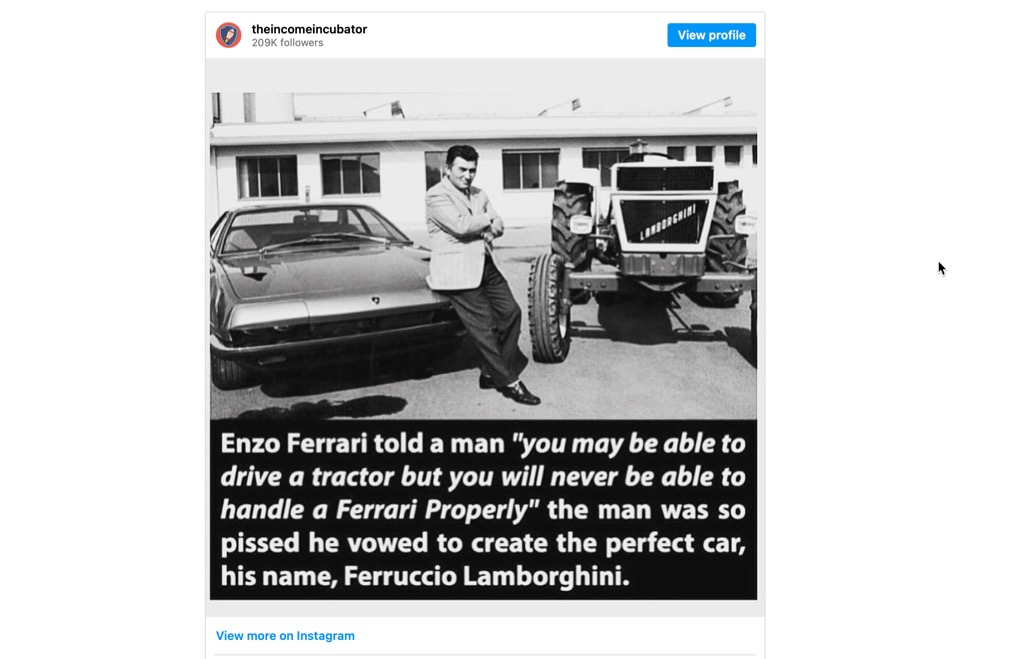
But, no…
They let marketers do what marketers do…
Ruin everything!
But it’s not all bad news…
It means you can save 20% next time you want to send Uncle Olly a little something as a thank you for all the blood, sweat and tears I put in to this newsletter…
Just planting the seed, you know? 🙂
How To Discount The Right Way
Now, before I continue, let me clarify something important:
Despite what my t-shirt GIF suggests, I’m not advocating for a blanket ban on discounts.
I’m talking about the danger of your entire business model relying on discounting.
Which unfortunately happens to faaaar too many businesses.
So many online businesses rely on discounting, like a drunk relies on a lamp post.
They can’t make sales any other way.
Discounting becomes the only strategy they have for making any money, which starts this “death spiral” where the only way to grow is with bigger, more frequent discounts.
However, done the right way, discounting can serve a purpose, bringing in huge cash windfalls without damaging the integrity of your brand.
You just have to know what you’re doing.
And not overdo it.
To borrow from Bill Clinton, discounting should be “safe, legal and rare”.
(Too much?)
At StoryLearning, we operate in an industry where the norm is a $10/mth subscription model. My guess is that the average customer value for these companies is around $30-50.
By contrast, we offer language courses starting at $297, up to $2,000. We sell these courses all day long without discounting.
We do this with a unique product, strong positioning, and a relentless focus on getting the right customers through the door.
(The 7-Figure Marketing Stack workshop will go into this last bit.)
In short: Customers are happy to pay for the value our products provide. Discounts are not necessary to persuade them to buy.
However, we do occasionally discount.
Here’s how:
- Twice a year we run a major sale
- Discounts are steep (50-70% off)
- Strictly no discounts the rest of the time
This has the following effect:
- We make a large cash windfall
- Allows our affiliate partners to get in on the action
- It brings in an influx of new customers
So, discounting for the win, right?
Not so fast there, champ.
See, whenever we run these sales we also notice an influx of lower-quality customers:
- Higher refunds
- Not active in the student community
- Low completion rates
So, it’s not all good news.
However, on balance, I believe it makes sense.
Because of our higher price points, a lot of people can’t afford our products. From a business model perspective, this makes sense, as we are deliberately cultivating customers who are less price-sensitive, more likely to make repeat purchases, and will contribute to our brand’s growth over time.
However, we do inevitably build up a large list of people who don’t become customers for a variety of reasons:
- They genuinely can’t afford it
- Not the right time
- Unsure if it’s right for them
Many of these people would be great customers, and genuinely benefit from the product, but never pull the trigger because… human nature.
This creates a buildup of “pressure” within our ecosystem, with a lot of people who want to buy, but can’t.
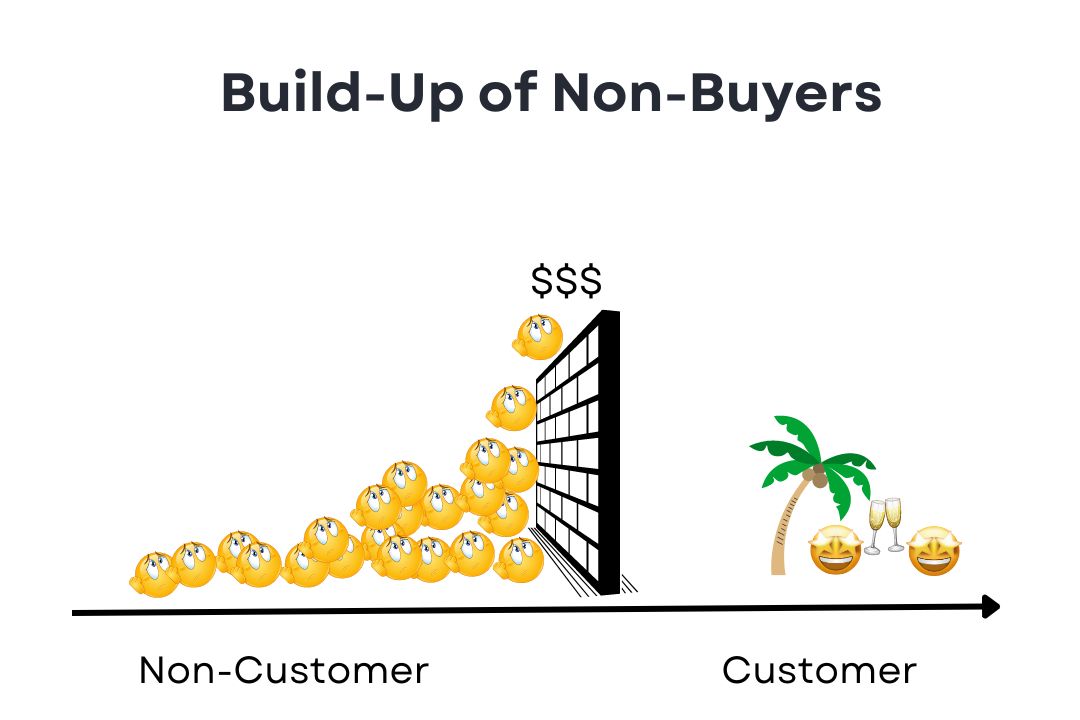
I don’t like that.
It’s not an economic thing… I just don’t like good people being completely priced out.
So, by running the sale event twice a year, we get to release some steam and bring a lot of new people into the fold in one go.
Some of these are inevitably lower quality customers – that’s the drawback.
But many of them are actually ideal customers, just needing an excuse.
I feel like it’s good energy to have a mechanism to bring these people in, and by making it a rare event, we’re able to easily contain any fallout.
But it’s not charity either:
- we make a lot of money from these sales
- we get exposure to new audiences due to “event hype”
- some % of new customers will become repeat buyers
- it allows regular customers to get a deal
Overall, there’s a lot of good that comes from it.
But here’s what absolutely critical…
This only works in the context of a business that otherwise never discounts.
In fact, sometimes on social media I see people saying stuff like:
“They’re [StoryLearning] gonna do a Black Friday sale, so if you wait 6 months you can get it cheaper!”
I absolutely love this, because the subtext of this is that the brand has value, and you won’t get a discount the rest of the time.
It makes the sale event even more exclusive – which is what it should be in the first place!
It falls right into the positioning I’m trying to cultivate.
The second we start to discount more often, it would destroy our positioning.
As things stand, our discounting is safe, legal, and rare…
Just the way I like it.
Conclusion
To discount is to play with fire.
Yes, it will generate quick revenue.
It will also attract the wrong customers, creating an unstable business model, and damaging your brand’s perception.
Like any good drug, it also creates the existential risk of relying on discounting to make money.
If that happens, it’s game over and lights out.
However, within the context of a value-based business, selective discounting can be a strategic tool to release pressure, reward customers, and bring in new audiences.
The key is to use discounts sparingly, maintaining the integrity of your brand and positioning.
In my world, value should always be the driving force.
But what do I know?
I'm just a guy who lives in the middle of a field. (Albeit a very nice field.)
If you want to learn more about how my company StoryLearning operates, have yourself a gander at the case study below...
CASE STUDY: Blueprint Of A $10m Online Education Business:
Join my free newsletter for online educators and I'll send you the case study immediately...
We will protect your data in accordance with our data policy!
